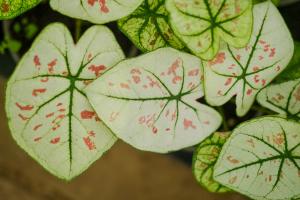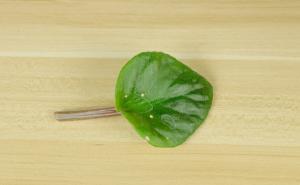Herbaceous Plants: A Comprehensive Guide
Herbaceous plants form a vital part of many gardens and wild landscapes. These plants, also known as herbaceous perennials, are a diverse group of plants known for their foliage and flowers. These plants have certain characteristics that set them apart from other types of plants, such as woody perennials and annuals. Are you curious about herbaceous plants? Here's what you need to know.
What are herbaceous plants?
Herbaceous plants are plants that have soft, green stems that die down to the ground each winter. These plants do not produce woody tissue and therefore do not have the ability to develop above-ground stems that persist year-round. Herbaceous plants are generally perennial, meaning that they return year after year from their roots, bulbs, or other storage organs. These plants may live for several years or even decades, making them an excellent investment for your garden.
Types of herbaceous plants
Herbaceous plants are an incredibly diverse group of plants that come in many different shapes and sizes. There are a few different categories of herbaceous plants, including:
Grasses
Bulbs
Groundcovers
Perennials
Ferns
Each of these categories contains many different species and cultivars, each with their unique growth habits, requirements, and aesthetic appeal.
Why grow herbaceous plants?
Herbaceous plants offer gardeners many advantages. For one thing, they are generally easy to grow and require minimal maintenance once established. Additionally, because they are perennials, they can provide year-after-year enjoyment, often blooming at different times of the year. Many herbaceous plants are also excellent naturalizers, quickly spreading to form dense patches of foliage and flowers.
How to care for herbaceous plants
Herbaceous plants are typically low-maintenance, but they do have certain needs. Like all plants, they require adequate water, sunlight, and nutrients to thrive. When planting herbaceous plants, choose a location that receives the appropriate amount of sunlight for the plant species. Many herbaceous plants prefer well-drained soil but will tolerate a range of soil types. Once established, herbaceous plants often require little extra watering, except during periods of drought.
Annual weeding and pruning can help to keep herbaceous plantings looking neat and tidy. Some of the taller species may require support in the form of stakes or trellises, especially if they become top-heavy with blooms.
Final thoughts
Whether you're a seasoned gardener or just starting, herbaceous plants are an excellent addition to any landscape. From graceful ferns to tall grasses, there is an herbaceous plant that is sure to meet your needs. By choosing the right plant for the right location, following proper care practices, and enjoying their unique beauty, you can enjoy the benefits of herbaceous plants for years to come.

 how many times do yo...
how many times do yo... how many planted tre...
how many planted tre... how many pine trees ...
how many pine trees ... how many pecan trees...
how many pecan trees... how many plants comp...
how many plants comp... how many plants can ...
how many plants can ... how many plants and ...
how many plants and ... how many pepper plan...
how many pepper plan...






























